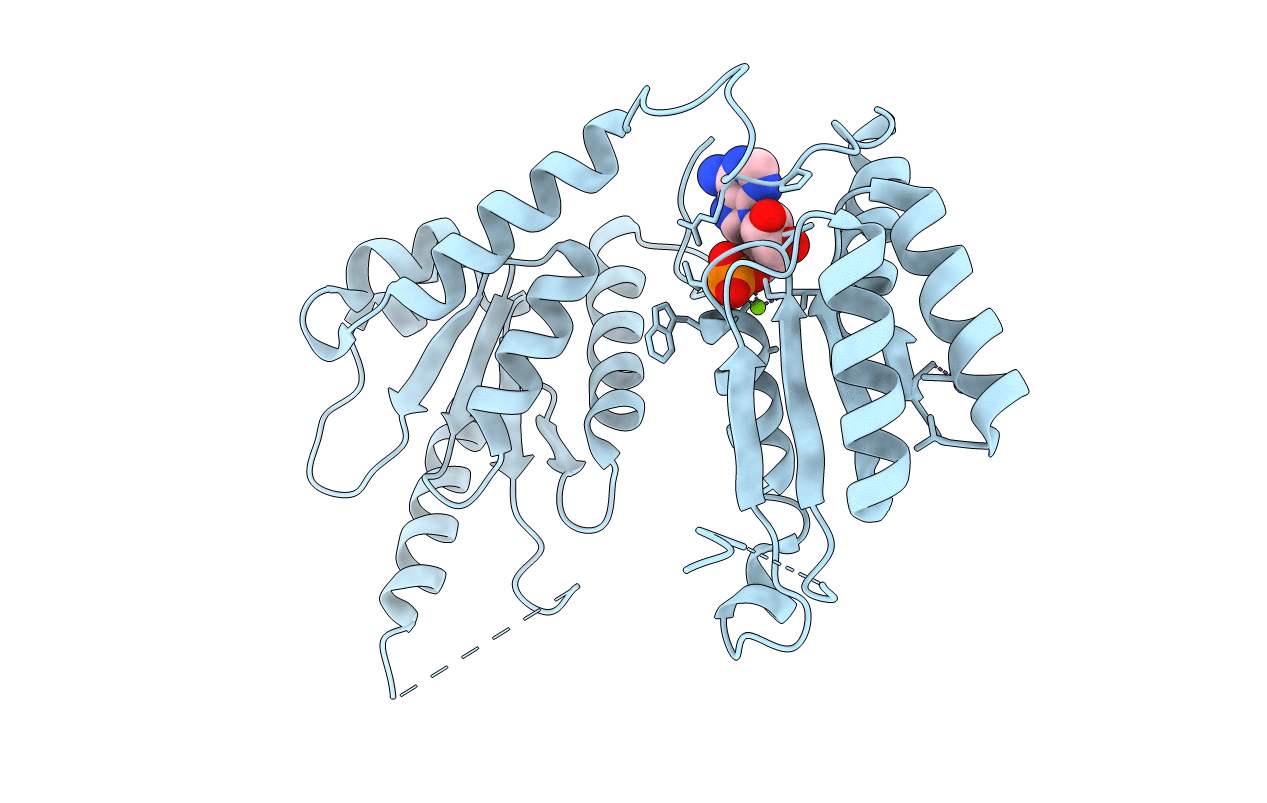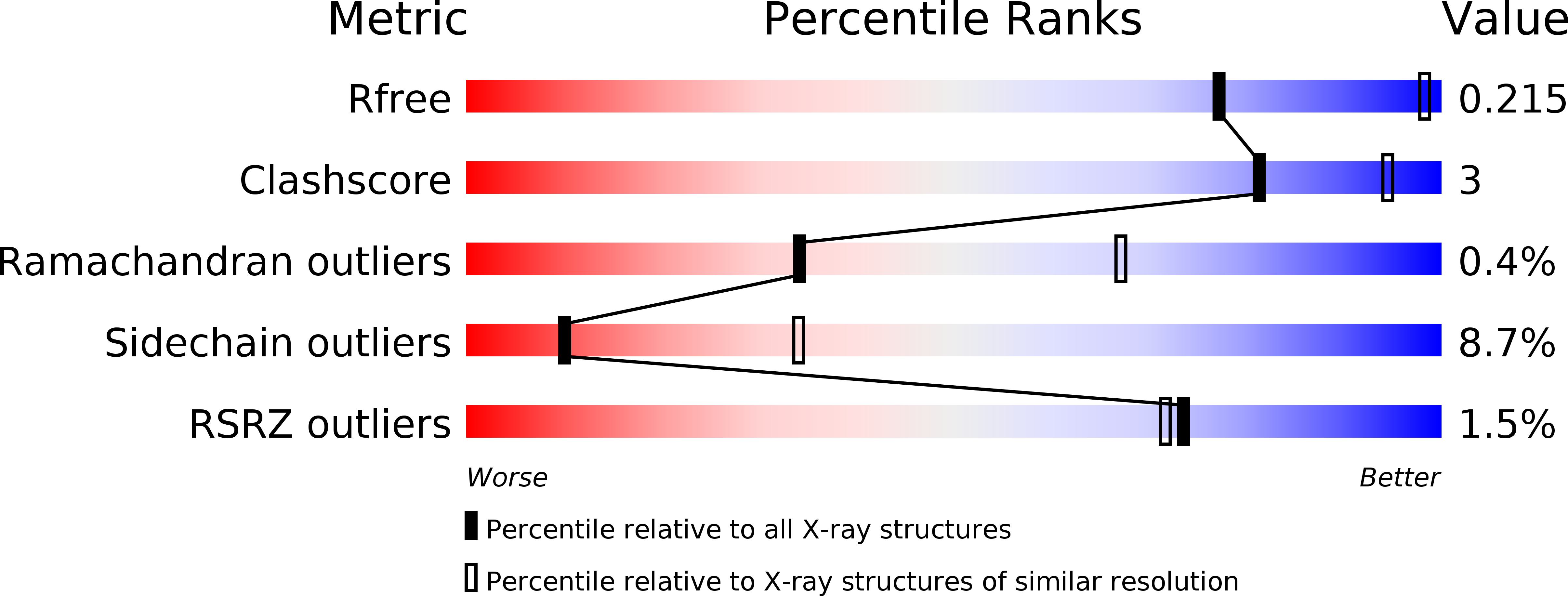
Deposition Date
2015-08-04
Release Date
2016-02-24
Last Version Date
2025-03-12
Entry Detail
Biological Source:
Host Organism:
Method Details:
Experimental Method:
Resolution:
3.40 Å
R-Value Free:
0.24
R-Value Work:
0.22
R-Value Observed:
0.22
Space Group:
P 4 3 2


